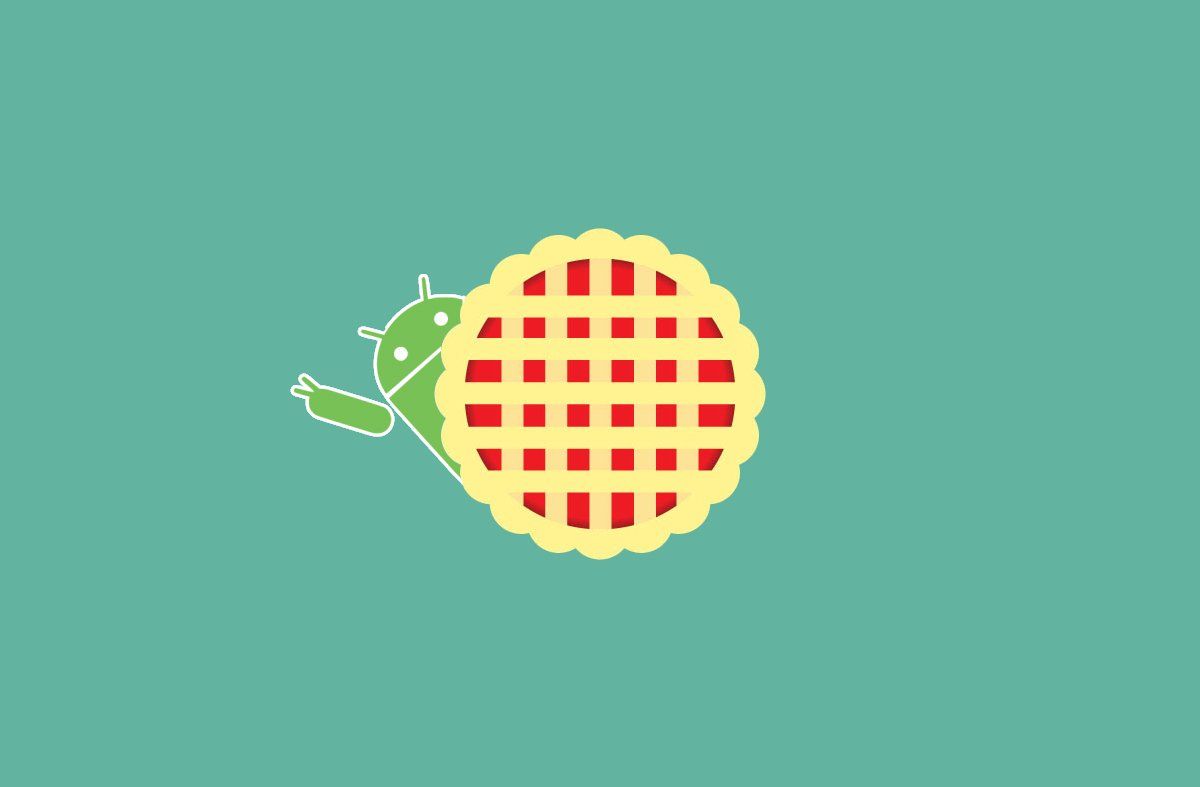It's that time of the month when Google updates the Android version distribution chart. It was last updated at the end of July when we found out that 12.1% of Android phones ran on Android 8.0 Oreo. Unfortunately, the updated statistics aren't that exciting. Since the last update, we now have a new version of Android to track, Android Pie (Android 9), which has not reached enough devices to make a dent in the numbers. Here are the updated percentages:
|
Android Version |
July 2018 |
August 2018 |
|---|---|---|
|
Android 2.3 Gingerbread |
0.2% |
0.3% |
|
Android 4.0 Ice Cream Sandwich |
0.3% |
0.3% |
|
Android 4.1 Jelly Bean |
1.2% |
1.2% |
|
Android 4.2 Jelly Bean |
1.9% |
1.8% |
|
Android 4.3 Jelly Bean |
0.5% |
0.5% |
|
Android 4.4 KitKat |
9.1% |
8.6% |
|
Android 5.0 Lollipop |
4.2% |
3.8% |
|
Android 5.1 Lollipop |
16.2% |
15.4% |
|
Android 6.0 Marshmallow |
23.5% |
22.7% |
|
Android 7.0 Nougat |
21.2% |
20.3% |
|
Android 7.1 Nougat |
9.6% |
10.5% |
|
Android 8.0 Oreo |
10.1% |
11.4% |
|
Android 8.1 Oreo |
2.0% |
3.2% |
Since Google doesn't display any Android version that's installed on less than 0.1% of devices, it's no surprise that Android 9 doesn't show up here since it was released earlier this month. Currently, the new version is only officially available on the Google Pixel, Google Pixel XL, Google Pixel 2, Google Pixel 2 XL, and Essential Phone. There are other devices like the OnePlus 6, Xiaomi Mi Mix 2S, and Nokia 7.1 Plus that have Android Pie betas, but most people are unwilling to install beta software on their devices and hence won't contribute to Pie's numbers. There are also users on custom Android 9 Pie ROMs, but they won't be enough to contribute any meaningful numbers to the overall statistics.
Once popular Android smartphones launching with Android Pie are released such as the Sony Xperia XZ3, Samsung Galaxy S10, and Huawei Mate 20, or existing devices like the Samsung Galaxy S9 series make the jump to Android Pie, we should expect to see a sharp increase in Pie's numbers. Thanks to Project Treble support, OEMs will take less time bringing up the latest version of Android, so we should expect to see Android 9 releases faster than last year's Android Oreo releases.
Speaking of Android Oreo, Android 8.0 Oreo saw an increase from 10.1% to 11.4% while Android 8.1 Oreo saw an increase from 2.0% to 3.2%. These are important numbers for developers to keep track of as all apps on the Play Store (both newly released and soon updated ones) will have to target at least Android 8.0 Oreo according to Google's new rules.

